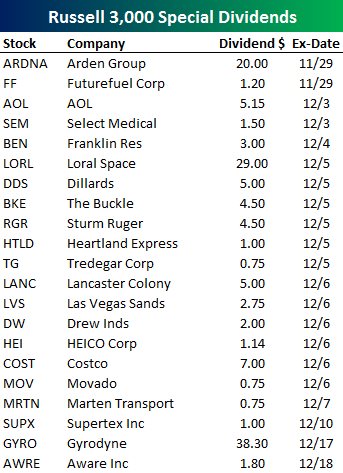By Kevin Flanagan, Head of Fixed Income Strategy
The result of last week’s FOMC meeting may have been the worst kept secret from the policy makers I’ve seen in my career. In a widely telegraphed move, the Fed raised the target range for Fed Funds by a quarter point, to 0.25%–0.50%.
This rate hike represented the first increase since December 2018, which was probably one of the more ‘stop and go’ rate hike cycles in recent memory. Now that we finally have the much awaited lift-off, the question becomes, what will this rate hike cycle look like?
Up until Russia’s invasion of Ukraine, it appeared as if this rate hike episode would be kind of straightforward. Inflation continued to run white-hot, and the Fed was way behind the curve.
Catching Up
In other words, the voting members had a lot of catching up to do, and the money and bond markets were moving toward the possibility the Fed could raise rates at just about every FOMC meeting that remained this year and then follow up with additional hikes in 2023.
Without a doubt, the Fed is facing a number of conundrums as they embark on this rate increase cycle and that has resulted in concerns about overly aggressive increases that could adversely impact the economy.
As I noted in last week’s blog post, it is important to put U.S. monetary policy into some proper perspective. With today’s rate hike, the Fed moved Fed Funds off of zero, but by only 25 basis points (bps).
In addition, the Fed just wrapped up their latest quantitative ease (QE) program, where the policy makers bought an incredible $4.6 trillion in Treasury and MBS securities.
Emergency Interest
Think about that number for a minute. QE1, QE2 and QE3 purchases all added up to bring their total securities holdings to about $4.25 trillion over a six-year period (2008–2014). The just-completed QE4 surpassed that total in just two years.
Why is this important? Because the Fed has only just begun to remove the emergency measures designed to offset and guide the financial markets and economy through a once-in-a-generation pandemic. There is a loooong way to go before monetary policy will enter restrictive territory.
It is this precise backdrop the Fed appears to be embracing, while also acknowledging geopolitical risks, as well.
As of this writing, barring a stock or funding market meltdown sparked by the Ukraine crisis, the policy makers appear poised to raise rates at their next three FOMC meetings (May 4, June 15 & July 27), at a minimum. Don’t forget, balance sheet runoff could also commence later this spring. |
Conclusion
Whether the voting members decide on a 50 bps rate hike at some point or raise rates at every meeting this year, the Fed tightening cycle has only just begun.
It could easily run its course over the next two years, and perhaps even into 2024. Thus, preparing your portfolio for this type of rate outlook is not really a short-term tactical move, but rather a strategic asset allocation decision.
This post first appeared on March 16 on the WisdomTree blog.
Photo Credit: 401(k) 2012 via Flickr Creative Commons
Disclosure
There are risks involved with investing, including possible loss of principal. Foreign investing involves currency, political and economic risk. Funds focusing on a single country, sector and/or funds that emphasize investments in smaller companies may experience greater price volatility. Investments in emerging markets, currency, fixed income and alternative investments include additional risks. Please see the prospectus for discussion of risks.
Past performance is not indicative of future results. This material contains the opinions of the author, which are subject to change, and should not to be considered or interpreted as a recommendation to participate in any particular trading strategy, or deemed to be an offer or sale of any investment product and it should not be relied on as such. There is no guarantee that any strategies discussed will work under all market conditions. This material represents an assessment of the market environment at a specific time and is not intended to be a forecast of future events or a guarantee of future results. This material should not be relied upon as research or investment advice regarding any security in particular. The user of this information assumes the entire risk of any use made of the information provided herein. Neither WisdomTree nor its affiliates, nor Foreside Fund Services, LLC, or its affiliates provide tax or legal advice. Investors seeking tax or legal advice should consult their tax or legal advisor. Unless expressly stated otherwise the opinions, interpretations or findings expressed herein do not necessarily represent the views of WisdomTree or any of its affiliates.



